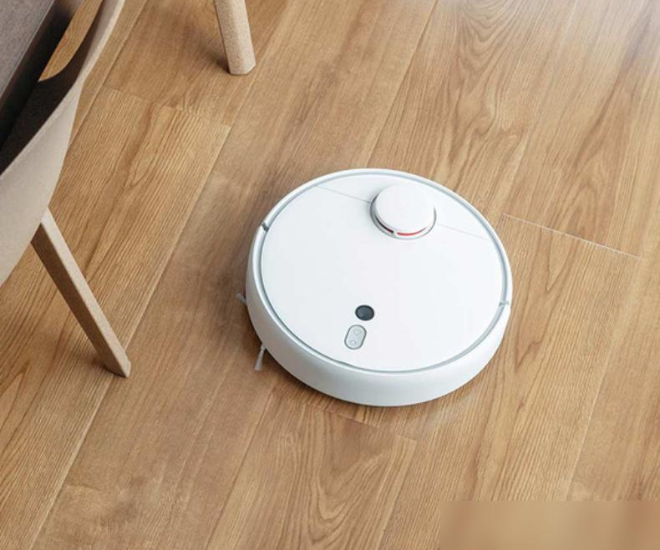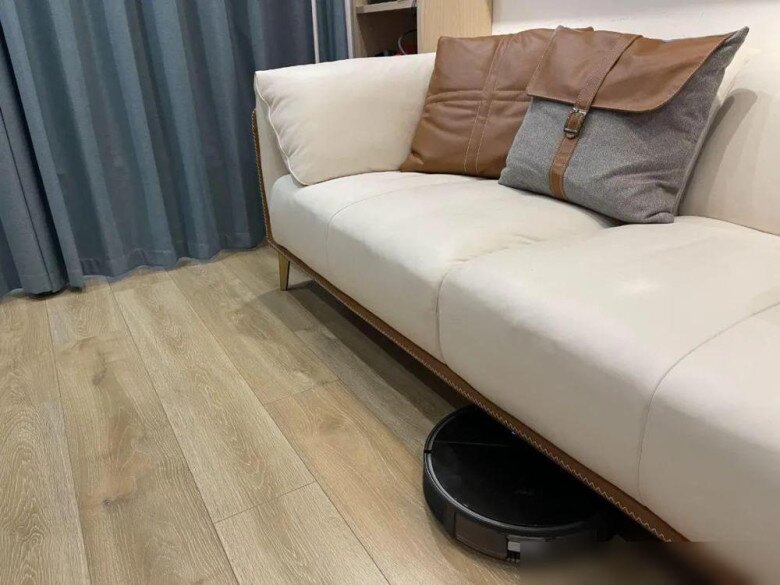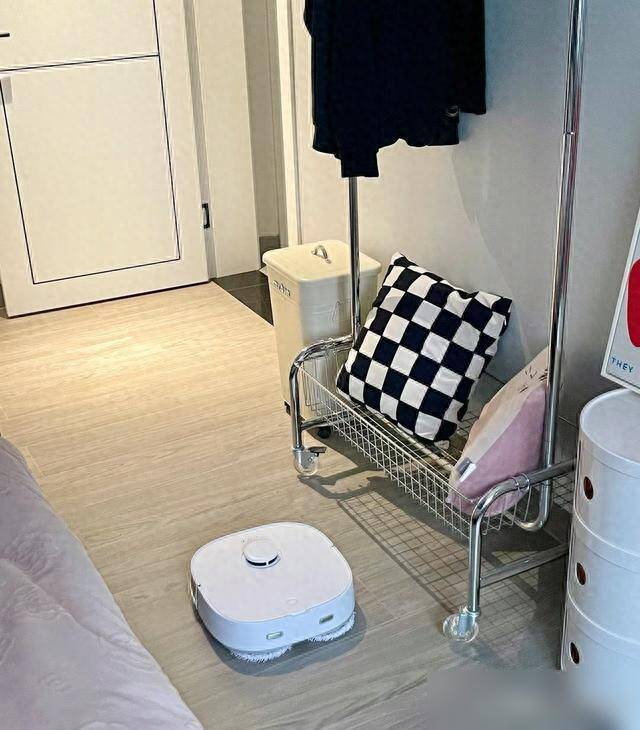
Illustrative Image
1. Risk of Floor Damage
One of the primary concerns with robot vacuums is their potential to damage flooring. Many floor types, especially hardwood or delicate materials, can be scratched or marred by the constant movement of these devices.
These scratches not only diminish the aesthetic appeal of the floor but can also be costly to repair. Additionally, replacing flooring is a significant investment, making many homeowners hesitant to purchase a robot vacuum.
2. Hair Tangling Issues
Hair tangling is a common problem with robot vacuums, particularly in households with pets. These devices often struggle to effectively clean pet hair, and daily removal of tangled hair from the machine can become a chore.
While some may consider this a minor issue, failure to address it promptly can increase the risk of machine malfunction. Repairing a robot vacuum can be expensive and time-consuming, further deterring consumers from investing in this product.

Illustrative Image
3. Inadequate Cleaning Performance
Many consumers purchase robot vacuums hoping to eliminate the need for manual cleaning. However, reality often falls short of expectations.
Most robot vacuums are only capable of picking up surface-level dust, while stubborn stains still require manual scrubbing. This limitation makes robot vacuums less effective in maintaining a clean home. When compared to traditional cleaning methods, robot vacuums may seem unnecessary, leading many to forgo this investment.
4. Frequent Collisions
Another reason consumers are wary of robot vacuums is their tendency to collide with furniture. Many budget models lack advanced obstacle detection, leading to frequent bumps against chairs and tables, which can damage the device itself.
This not only causes frustration but also reduces the product’s lifespan. The potential cost of repairs or replacements makes many consumers reluctant to invest in a robot vacuum.

Illustrative Image
5. Excessive Noise
Despite their compact size, robot vacuums can be surprisingly noisy. The noise level often correlates with the price of the device. Budget models tend to produce irritating sounds, similar to a range hood, disrupting daily activities.
Higher-end models, however, are equipped with noise reduction technology, minimizing user discomfort. Yet, not everyone is willing to pay a premium for these features, leading many to abandon the idea of purchasing a robot vacuum.
6. Unsuitable for Small Spaces
Finally, the issue of space is a significant factor preventing many households from adopting robot vacuums. Small homes, particularly those under 60 square meters, often face challenges in using these devices effectively.
Robot vacuums require ample space to operate efficiently, while smaller homes typically have limited areas and numerous obstacles. This demands high maneuverability from the robot, and many feel investing in such a product is unnecessary.

Illustrative Image

































